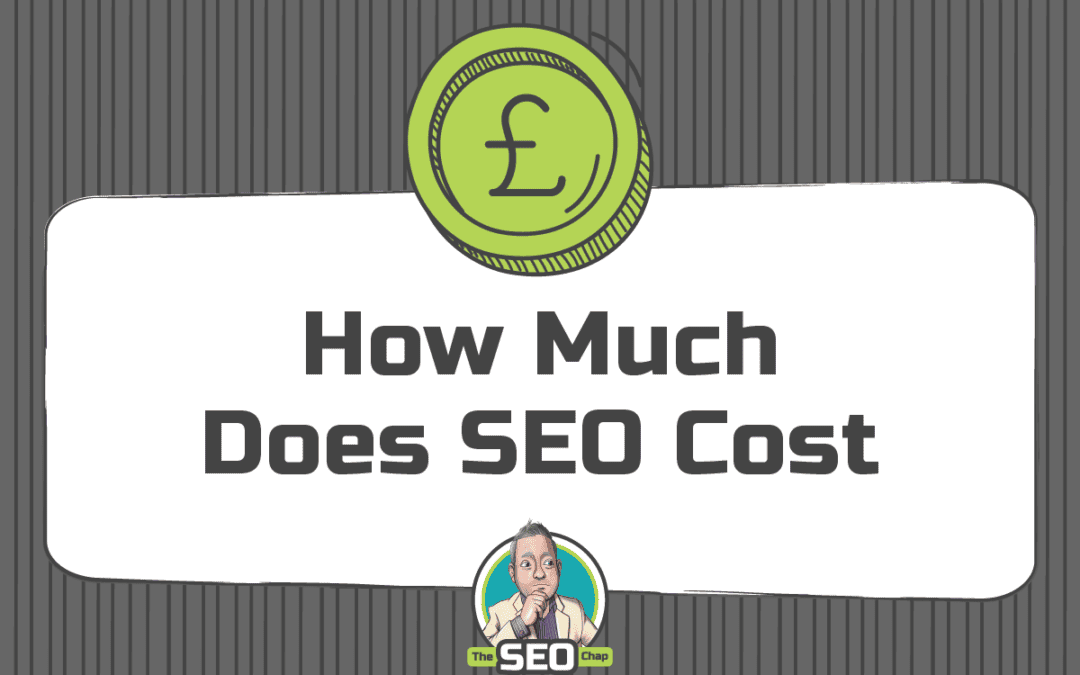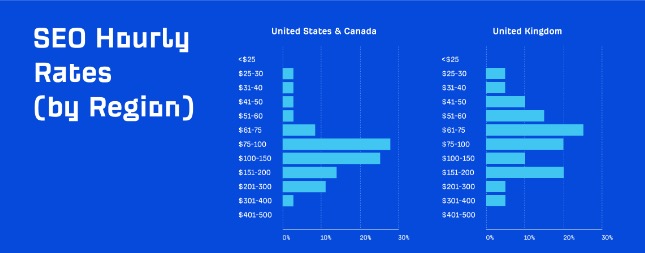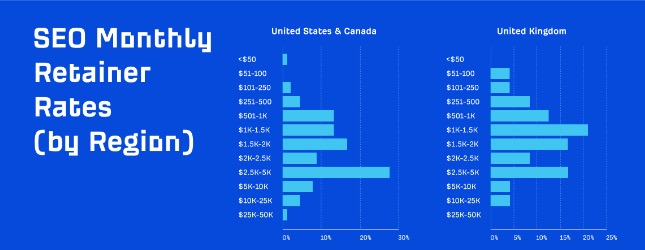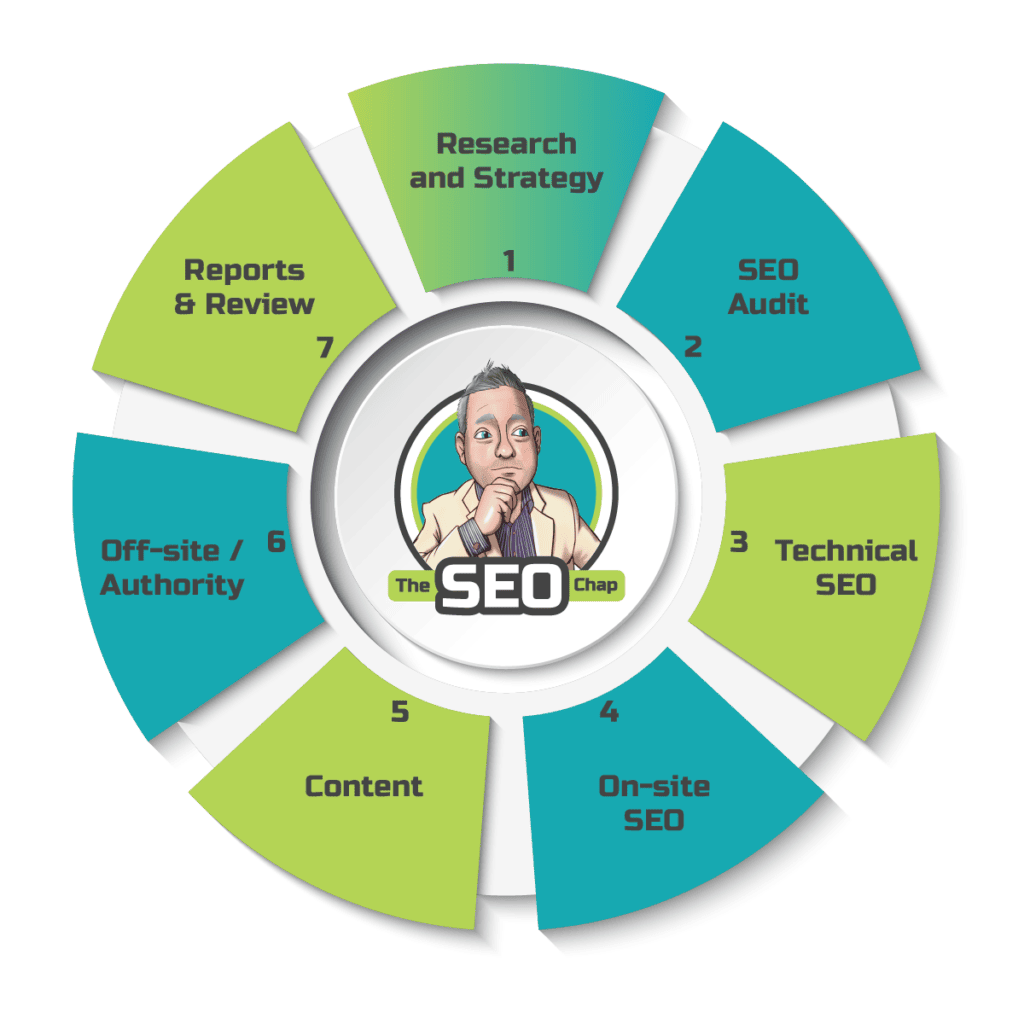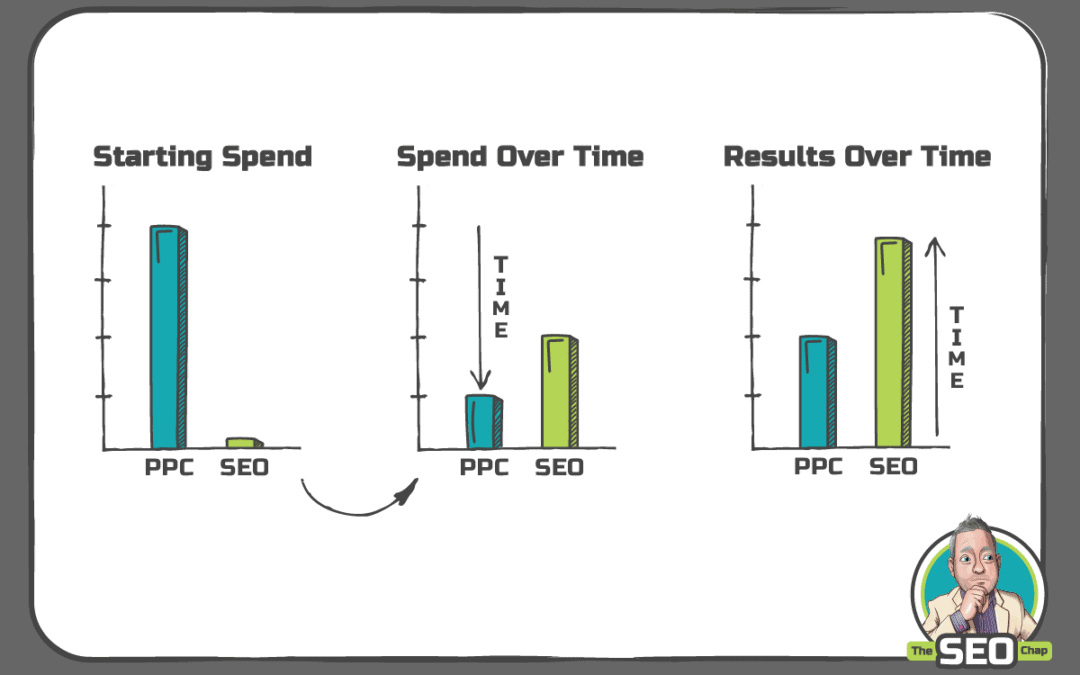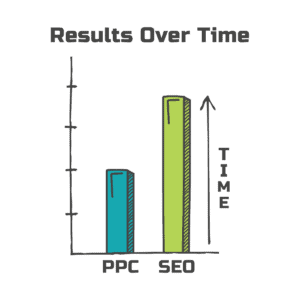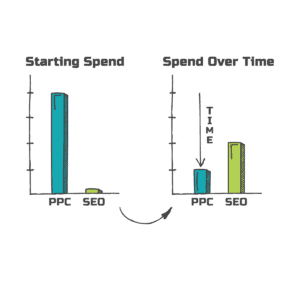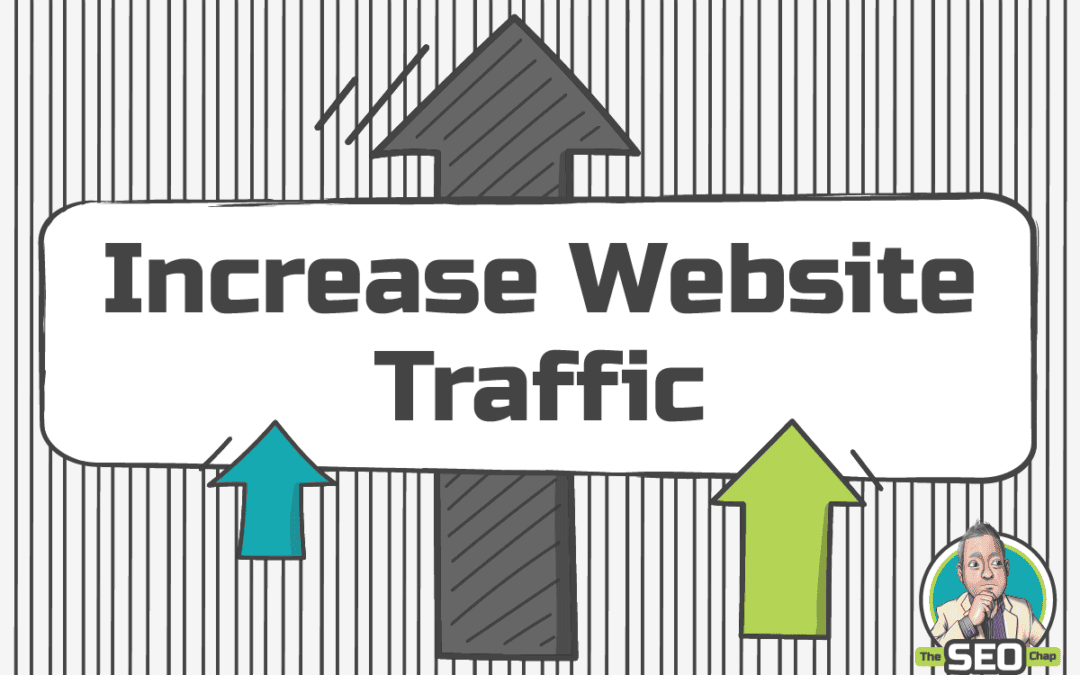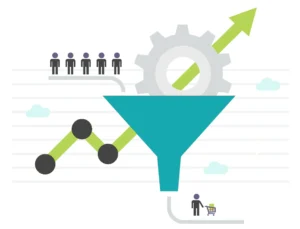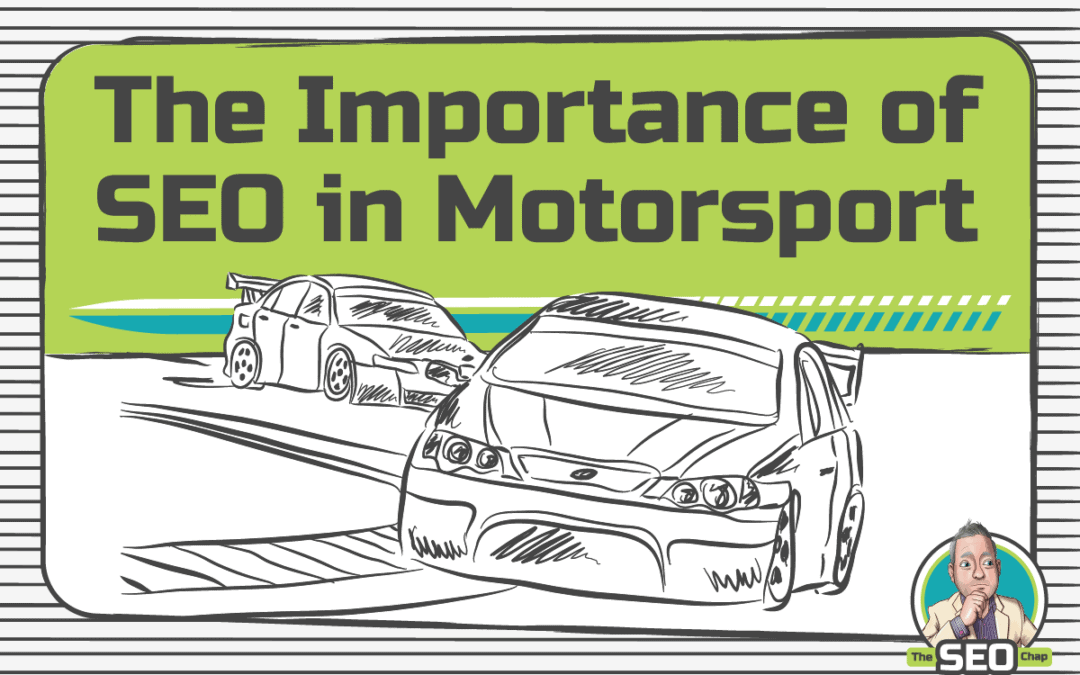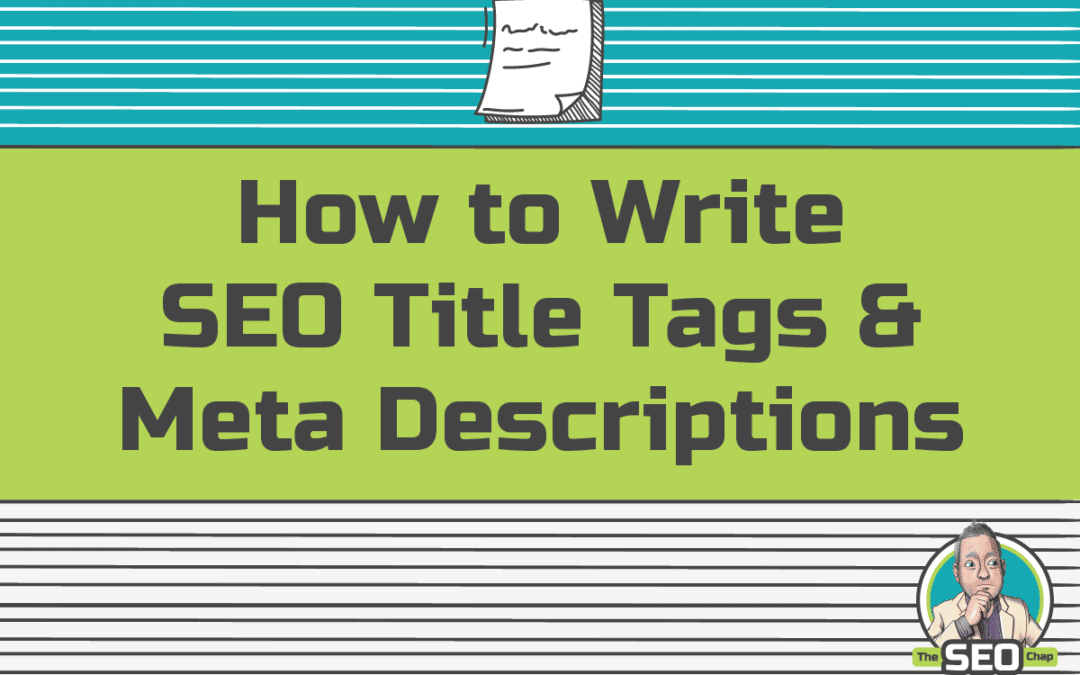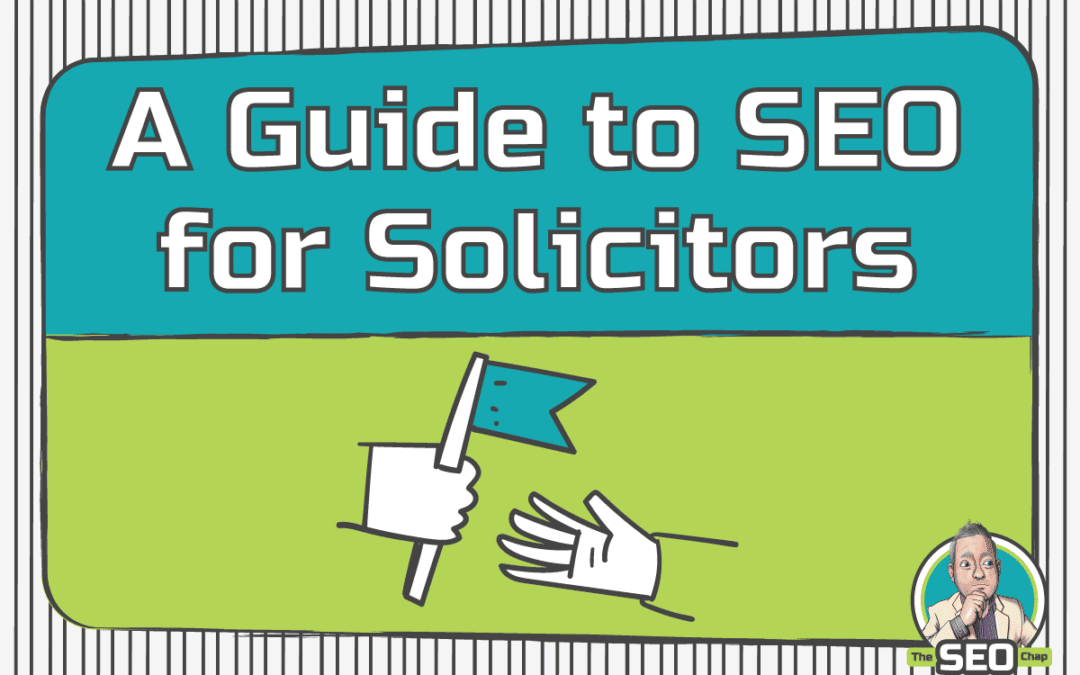
A Comprehensive Guide to Solicitors SEO
Enhancing Online Visibility: A Comprehensive Guide to SEO for Solicitors
Boost Your Online Visibility and Attract Clients with our Effective Guide to Solicitors SEO.
The Importance of SEO for Solicitors
In the competitive UK legal sector, where in 2024 there is approximately 162k solicitors practicing in the UK and apx 10k legal firms, SEO plays a pivotal role in increasing online visibility for solicitors and law firms. The necessity for a robust SEO strategy is underscored by the fact that businesses in the legal industry must enhance their organic visibility to attract new clients effectively from search engines. Implementing tailored SEO strategies can help solicitors stand out in the digital landscape and connect with potential clients actively seeking legal services.
By adopting strategic SEO practices, you can see improvements in weekly traffic and new clients enquiries, demonstrating the tangible benefits of prioritising SEO in the legal sector. By investing in SEO, law firms can position themselves at the forefront of search engine results (above competitor firms and marketplace websites), making it easier for potential clients to find and engage with their services, ultimately driving business growth and success.
In the ever-evolving digital landscape, where the majority of individuals initiate their search for legal advice through search engines, having a strong online presence through effective SEO strategies is crucial for local solicitors and branch offices. With the right approach to SEO, law firms can not only enhance their visibility but also attract motivated clients actively seeking legal services, setting the stage for sustainable business growth and success.
Importance of SEO in the Legal Sector
Research indicates (Smart Insights) that a significant 96% of individuals commence their quest for legal advice on search engines, highlighting the critical role of SEO in the legal sector. This statistic underscores the importance of having a visible and accessible online presence to capture the attention of potential clients actively seeking legal services. Considering that 72% of clients tend to contact only one lawyer during their search process, being prominently featured in their initial search results is imperative for solicitors. By prioritising SEO and paid search advertising, law firms can effectively attract motivated clients and establish a competitive edge in the legal industry.
In a dynamic and competitive legal landscape, the implementation of effective SEO strategies is not only beneficial but essential for solicitors to differentiate themselves and connect with their target audience. By focusing on enhancing their online visibility and search engine rankings, law firms can improve client inquiries, drive conversions, and ultimately achieve sustainable growth in their legal practice.
Key SEO Strategies for Solicitors
New and engaging content creation serves as a cornerstone of successful SEO strategies for solicitors, enabling law firms to engage their target audience and showcase their expertise in the legal field. By producing informative and valuable content that addresses common legal queries and concerns, solicitors can establish themselves as credible sources of information and build trust with potential clients. Furthermore, understanding and implementing technical SEO best practices are crucial for enhancing a law firm’s search engine visibility and ensuring that their website ranks prominently in search results.
An effective SEO strategy tailored for solicitors encompasses a multifaceted approach that includes the development of engaging service pages that highlight the firm’s legal specialisations, creation of valuable content that resonates with the target audience, and analysis of competitor backlinks to identify opportunities for enhancing online presence and an effective digital PR programme to provide essential online authority and social proof. By integrating these strategies into their digital marketing efforts, solicitors can improve their search engine rankings, drive organic traffic, and convert website visitors into clients effectively.
 Local SEO Tactics for Solicitors
Local SEO Tactics for Solicitors
Local SEO strategies play a pivotal role in enhancing the online visibility of solicitors and law firms, offering a strategic advantage in targeting potential clients within specific geographic areas. By optimising platforms such as Google Business Profile and ensuring consistent NAP (Name, Address, Phone Number) across all online listings, solicitors can strengthen their local search presence and connect with clients seeking legal services in their vicinity. On a basic level for example, a law firm based in Birmingham could leverage more local SEO by incorporating location-specific keywords such as “Birmingham solicitors” in their website content and meta descriptions to increase visibility to local searchers.
Maintaining a presence on legal directories relevant to the legal industry can further amplify a solicitor’s local SEO efforts. These directories not only serve as valuable sources of backlinks but also act as trusted resources for individuals seeking legal assistance in a specific region. By strategically utilising local SEO tactics, solicitors can effectively target motivated clients in specific geographic areas and establish a robust online presence within their local community.
Content Creation and Optimisation
Content creation is not merely about producing text but about crafting compelling and informative material that resonates with the target audience. For law firms, this involves addressing common legal questions, offering insights into complex legal matters, and showcasing expertise in specific legal domains. By creating valuable content that provides solutions to users’ queries, solicitors can establish themselves as trusted authorities in their field.
Furthermore, optimising a law firm’s website goes beyond keyword incorporation; it involves structuring the content in a user-friendly and navigable manner that caters to the needs of potential clients. Detailed service pages that clearly outline the legal services offered, along with an optimised homepage that showcases the firm’s expertise, are essential for attracting and retaining visitors on the site. By focusing on creating content that not only informs but also engages users, solicitors can enhance their online visibility, attract a steady stream of potential clients, and position themselves as industry leaders.
Building Quality Backlinks
Building quality backlinks is still a fundamental component of a successful SEO strategy for solicitors. By engaging in guest posting on reputable websites, solicitors can acquire valuable backlinks and enhance their website’s authority and credibility in the eyes of search engines. For instance, a solicitor specialising in commercial law could contribute an informative article on contract negotiation to a reputable legal publication, earning a backlink in return.
In addition to guest posting, sharing press releases and focusing on creating informational content can also significantly impact a law firm’s link profile. For example, a solicitor’s press release about a landmark case they successfully litigated can attract the attention of news outlets and legal publications, leading to valuable backlinks from authoritative sources. By consistently pursuing opportunities to build relationships with reputable websites and create valuable content, solicitors can strengthen their backlink profile, improve their search engine rankings, and enhance their online visibility over time.
Utilising SEO Tools and Trends
In addition to Google Analytics and SEMrush, solicitors can benefit from leveraging a myriad of essential SEO tools to enhance their online visibility and performance. Tools like Ahrefs offer comprehensive insights into keyword research, backlink analysis, and competitor strategies, empowering solicitors to refine their SEO tactics and drive organic traffic to their websites. By utilising Ahrefs, solicitors can uncover valuable data on search trends, identify lucrative keywords, and optimise their content for improved search engine rankings.
Staying abreast of the latest SEO trends is paramount for solicitors aiming to maintain a competitive edge in search engine results. For example, understanding the growing significance of voice search optimisation and featured snippets can help solicitors align their content strategies with evolving search engine algorithms effectively. By adapting to emerging SEO trends and incorporating innovative tools into their SEO arsenal, solicitors can elevate their online presence, attract a broader audience, and drive conversions on their websites.
By adopting approaches and leveraging tools like Google Search Console and Google Analytics 4, solicitors can measure their SEO progress, refine their strategies, and achieve tangible results in their online visibility and search engine rankings.
The Role of an Expert SEO Consultant
Engaging an SEO for Solicitors specialist with expertise in the legal sector is crucial for solicitors seeking to implement successful SEO strategies and maximise their online visibility. An expert consultant, such as The SEO Chap, can provide valuable insights, industry-specific knowledge, and tailored solutions to help law firms navigate the complexities of digital marketing and stand out in a competitive online landscape. By collaborating with an experienced SEO professional, solicitors can enhance their online presence, attract a targeted audience actively seeking legal services, and achieve sustainable growth in their practice.
Furthermore, understanding the fundamentals of SEO empowers law firms to make informed decisions about their digital marketing strategies and optimise their online visibility effectively. With the guidance of a reputable consultant like The SEO Chap, solicitors can develop and execute tailored SEO strategies that align with their business goals, target audience, and industry requirements, ensuring long-term success and growth online. The collaborative approach between solicitors and SEO experts enables the implementation of effective strategies that yield tangible results, drive website traffic, and enhance client engagement.
For instance, The SEO Chap, led by expert consultant Steve O’Brien, offers a range of services tailored to the unique needs of solicitors and law firms, including SEO audits, PR link building, reputation repair, and bespoke consulting. By leveraging The SEO Chap’s expertise and experience, solicitors can access customised solutions, strategic insights, and industry best practices to elevate their online presence, attract more clients, and achieve higher search engine rankings. Partnering with The SEO Chap can provide solicitors with a competitive advantage, enabling them to navigate the complexities of digital marketing and succeed in the highly competitive legal landscape.
Common SEO Challenges for Solicitors
In the competitive world of legal SEO, solicitors often encounter a host of challenges that necessitate a strategic and persistent approach to overcome. The UK legal industry boasts a bustling landscape of competition, making it essential for solicitors to navigate through the digital clutter to effectively reach their target audience.
Furthermore, the advent of AI tools like chat GPT and Open AI has introduced a new layer of complexity to SEO strategies for law firms. While these tools offer innovative solutions and opportunities, they also pose challenges in terms of adapting to evolving algorithms, search engine requirements, and user expectations, necessitating a continuous learning curve for solicitors to optimally leverage these tools. Therefore, working with a digital marketing professional in SEO is paramount for solicitors aiming to remain competitive, enhance their online visibility, and attract a broader audience actively seeking legal services.
For solicitors seeking to thrive in the digital landscape, a deep understanding of SEO fundamentals, precise keyword targeting, strategic content creation, and adherence to best practices is essential for long-term success. By mastering these critical elements and partnering with expert consultants like The SEO Chap, law firms can navigate the complexities of digital marketing, differentiate themselves in a competitive industry, and achieve sustainable growth and success in the online sphere.
 How The SEO Chap Can Help Solicitors Enhance Their Online Presence
How The SEO Chap Can Help Solicitors Enhance Their Online Presence
When it comes to elevating the online presence of solicitors, The SEO Chap, under the leadership of expert consultant Steve O’Brien, offers a comprehensive suite of services tailored specifically for law firms in the UK. These services include detailed SEO audits, strategic PR link building initiatives, reputation repair solutions, and customised consulting services designed to enhance online visibility, attract more clients, and achieve higher search engine rankings.
For example, by conducting thorough SEO audits, The SEO Chap can identify critical areas for improvement on a solicitor’s website, ensuring that it aligns with the latest industry standards and optimisation practices. This meticulous approach sets the foundation for a robust online presence that resonates with potential clients and search engines alike, driving increased visibility and client engagement.
With nearly two decades of experience in the industry, The SEO Chap possesses a deep understanding of the legal sector, the challenges faced by solicitors, and the strategies needed to succeed online. By leveraging this expertise and industry knowledge, law firms can navigate the complexities of search engine algorithms, competition, and user expectations effectively, positioning themselves as trusted authorities in their legal niche and attracting a steady flow of potential clients actively seeking legal services.
By partnering with The SEO Chap, solicitors can access customised solutions, strategic insights, and industry best practices that align with their business goals and target audience requirements. The collaborative approach between solicitors and SEO experts ensures the implementation of effective strategies that yield tangible results, drive website traffic, and enhance client engagement, setting the stage for sustainable growth and success in the highly competitive legal landscape. Don’t miss the opportunity to elevate your online presence, attract more clients, and achieve higher search engine rankings with expert SEO consultancy from The SEO Chap. Make an appointment below to explore the range of services and connect with Steve O’Brien to discover tailored solutions for your law firm.
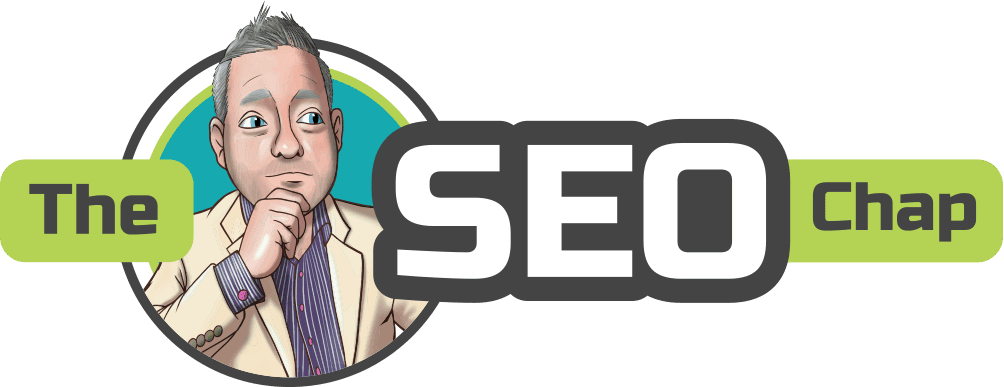

 Local SEO Tactics for Solicitors
Local SEO Tactics for Solicitors
 How The SEO Chap Can Help Solicitors Enhance Their Online Presence
How The SEO Chap Can Help Solicitors Enhance Their Online Presence